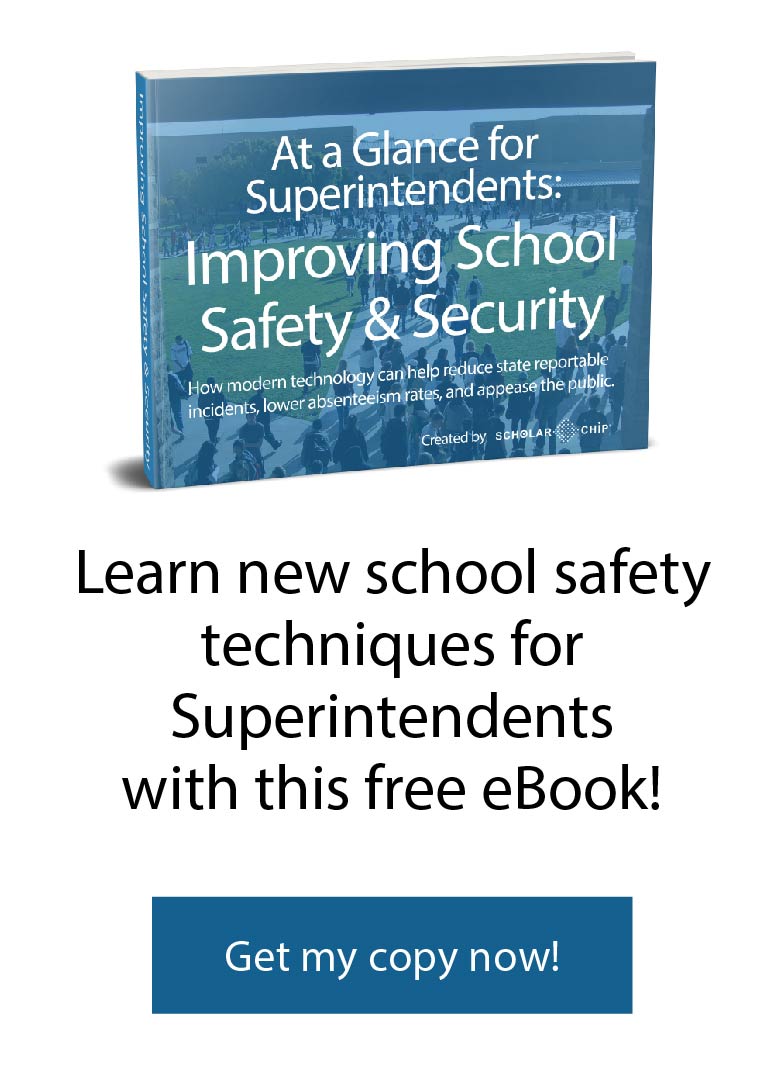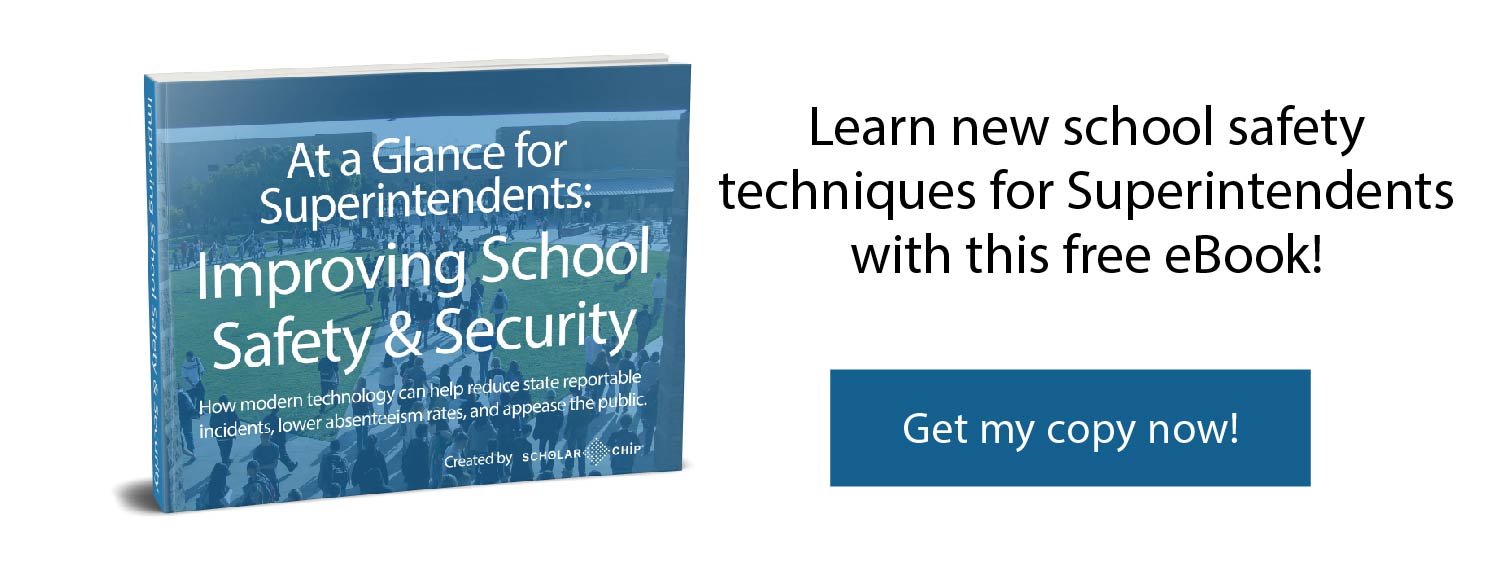As your school prepares to add systems, equipment, processes, and training into your school safety plans, you’ll likely need the services of an outside firm to effectively implement solutions or educate your staff.
Many school districts require the creation of a Request for Proposal (RFP) for outside services. Even if it’s not required, it’s a process that you should use to evaluate school safety consultants and providers.
These processes can involve many players, from district officials, internal staff members, the companies proposing solutions, and even your school board. Depending on the cost of the solution you’re considering, your state or district may already have a set of defined procedures for school safety RFPs.
Regardless of if there is already a set process or you need to create one, you’ll want to set up your school safety RFP for success. To do that, there are six things you must consider as part of your RFP creation and evaluation.
Set Clear Expectations
The idea of a school safety RFP is to have several excellent choices to pick from. The result of your process should be a provider that can most closely meet your needs.
To receive the best responses, you’ll need to create a clear set of expectations.
Your RFP should include a wide range of information, including:
- A general introduction to the school
- An executive summary of the project
- Project background
- An outline of submission guidelines
- The RFP schedule
- Assumptions and constraints
- Terms and conditions
- Selection criteria
- Budget
- Anticipated project timeline
- A description of the specific need
- High-level project requirements
- Any specifications that need to be considered
The RFP should also include a detailed request for information from the vendor. You’ll want to call out how pricing should be detailed and how the response proposal should be framed for your review.
Build a Timeline
A timeline for the process is important to make sure that you meet your district’s calendar, your school’s needs, and your staff and stakeholder’s schedules. This means your RFP’s timeline may be highly dependent on the process that your district requires you to follow.
For instance, if your recommendation for a vendor requires board approval, work the RFP schedule back from the board meeting that you intend to present your recommendations at. Consider every step in the RFP process when building backward from that point to ensure that vendors have enough time to respond and your team has enough time for proper evaluation.
Milestones to include in the process include a date for vendors to express their interest, a review-and-question period before vendors begin their responses, time for vendors to formulate a response, a deadline for responses to be received, and time for all stakeholders to meet, evaluate, review, and score all the proposals received.
Don’t be tempted to short change the review and evaluation process. Your team will need to carefully consider the responses and have time to ask vendors clarifying questions or for additional information if needed.
Walk Through the RFP with Providers
Taking the time to walk through the RFP with vendors is an important but frequently overlooked or underappreciated part of the process. Doing so will save you time in the long run and result in better responses.
Once you’ve identified the vendors interested in responding to your proposal request, schedule time to speak with each of them to review the request itself. This will ensure that there is no confusion in the proposal and that all parties are completely clear on the expectations.
A walkthrough also allows the vendor to ask questions so they can provide the best and most accurate response to your needs as quickly as possible.
Think beyond Reactionary Interventions
As you consider what is needed as part of your school security plan, consider programs that go beyond hardening strategies. As part of your RFP, be open to vendors willing to present additional or alternative solutions that go beyond metal detectors and surveillance equipment.
For instance, programs like Social Emotional Learning (SEL) are proven to be effective at preventing school violence. While not as visible or immediate a solution as an alarm system, solutions that include opportunities to expand or promote strategies can add long-term value to the vendor’s proposal.
In particular, if your RFP includes elements of training or technology implementations, it’s worth taking the time to consider how frameworks like SEL or other preventative solutions can fit into your proposal. You may be able to lay the groundwork for more proactive measures.
Consider Existing Systems
Your school likely already has systems in place that are not being considered for replacement. Your RFP should include a review of how proposed new systems will integrate with the existing ones.
Having multiple silos can actually slow the progress toward a safe school by removing opportunities for holistic reporting, monitoring, and alerting. Vendors should be aware of your existing systems and able to explain how their proposal will mesh with those systems. It should include an outline of what will need to be done to integrate the new system with the old.
Define RFP Scoring
One of the most time-saving elements you can add to your school safety RFP process is to define how responses will be scored. Defining the scoring ahead of time will help your team quantify the lengthy and potentially numerous responses and make it easier to present your recommendations to the board.
Scoring should include:
- If the response addresses each need
- How completely it addresses the need (completely, partially, or not at all)
- The priority of each defined requirement (required, willing to compromise, or nice to have)
Scoring will help your team uncover any discrepancies in priority between the stakeholders and offer clear targets for the evaluating team members.
The most effective way to implement school safety solutions is to create a clear, concise RFP process. For that process to be successful, however, you must have a defined target, a transparent rating system, and time built in for both vendor responses and a thorough evaluation by your team. Doing that and considering the responses in the context of the bigger safety picture and your campus ecosystem will save you money, lay the groundwork for future enhancements, prevent challenges in the long run, and ensure that you implement the best possible solution for your school.
ScholarChip offers a solution called Alternative Behavior Educator (ABE). This innovative program enables school administrators and counselors to identify, monitor, and improve student behavior throughout a student’s career, while giving them powerful data-driven reports that quickly flag at-risk students, help monitor and chronicle progress, and help them identify school safety risks before incidents.
To learn how ScholarChip can help make Texas schools safer or get free recommendations, feel free to contact us for a free consultation!


